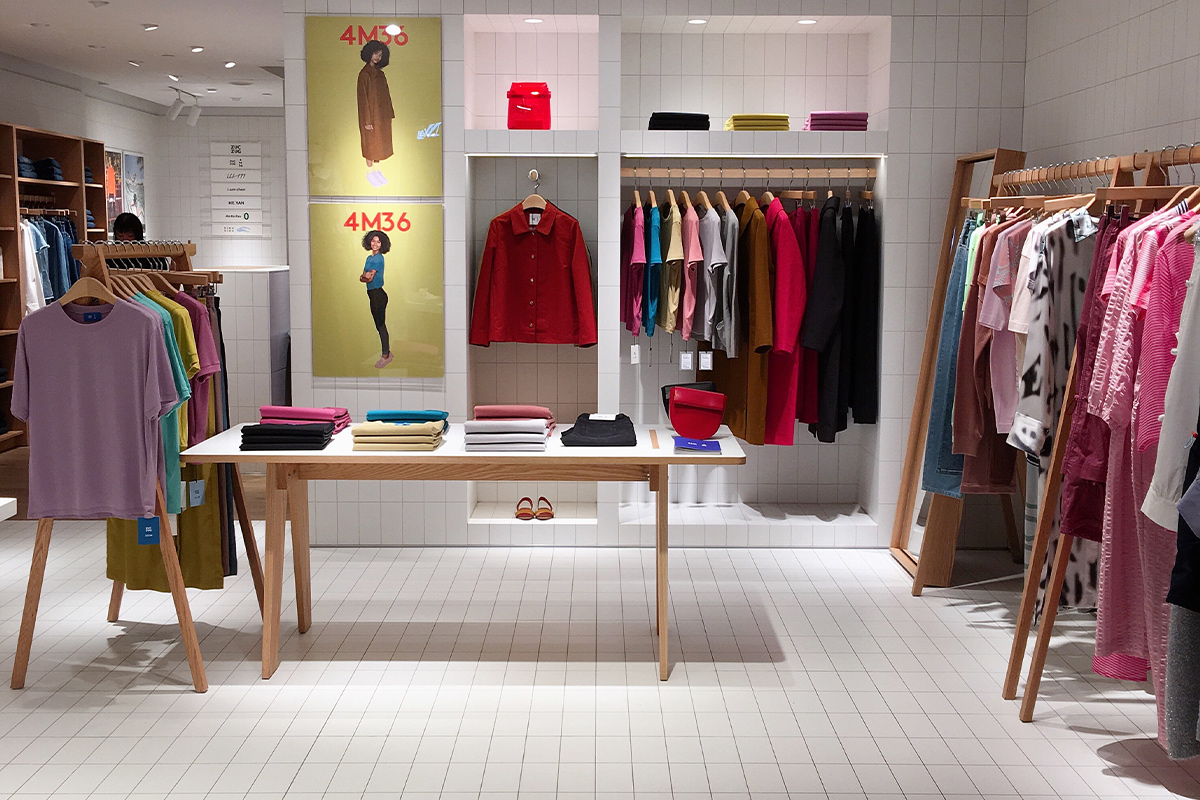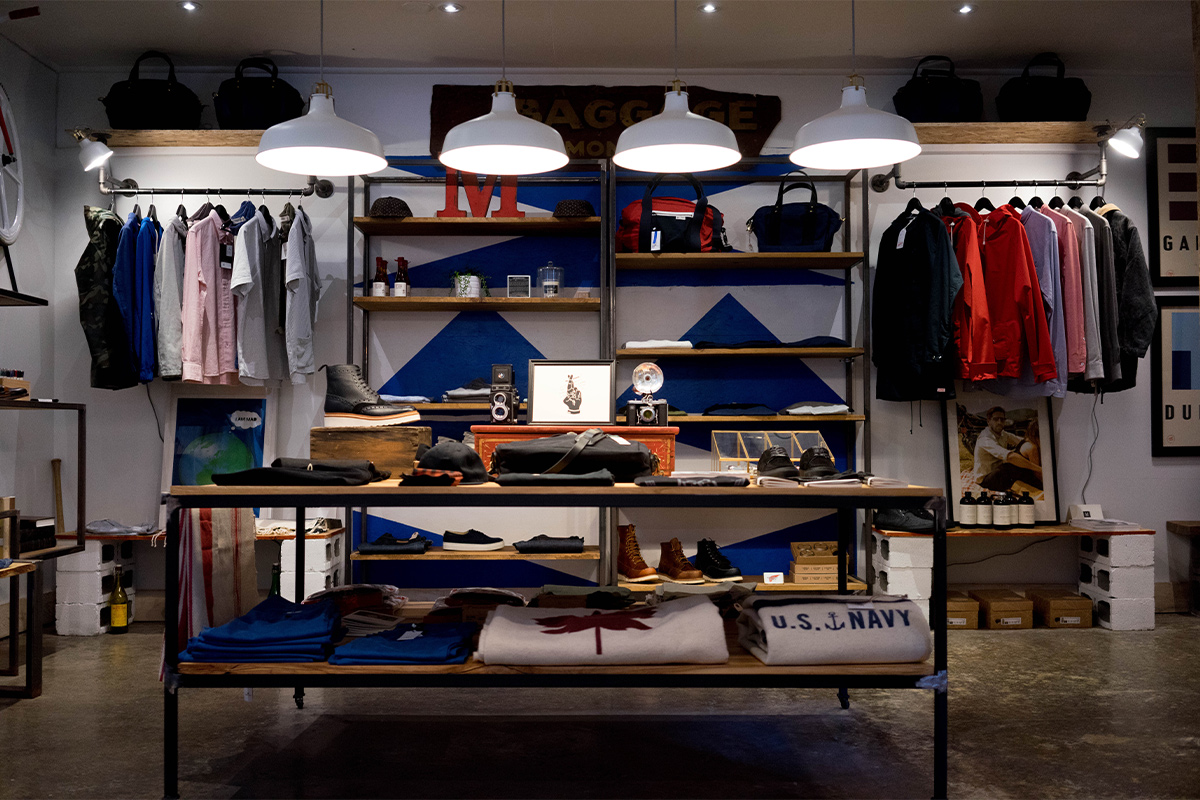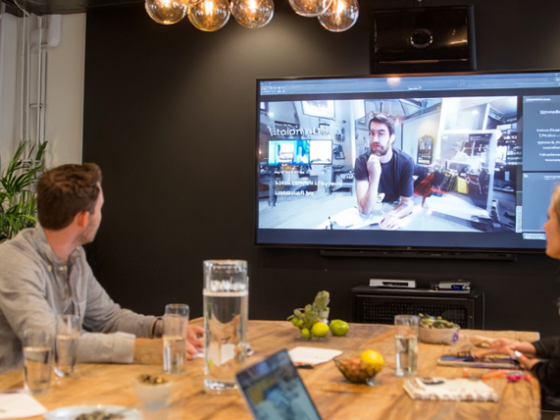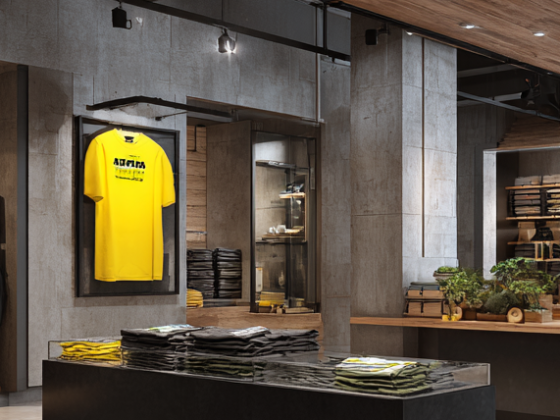At first, the DTC model seemed unstoppable.
Companies found they could cut out intermediaries like retailers and distributors to offer their products at lower prices. With greater control over their brand and product offerings, DTC companies could provide a personalized and convenient shopping experience. With a sea of customer data, DTCs have valuable insights into customer preferences, allowing them to also optimize product offerings and marketing strategies.
But now, the DTC model is coming into question. Let’s dig into what has changed for DTCs and learn why it’s not so easy to thrive now.

Stiffer competition: As the DTC model found its footing during the pandemic, more brands jumped into the game. But this crowded marketplace has made it difficult to stand out and new entrants have difficulty differentiating themselves enough to capture market share.
Scaling is tough: Whether the DTC is a slow burn or an overnight success, scaling the brand can be an impossible balance between speed to consumer and maintaining the level of product quality and customer experience that got the brand there in the first place.
Continued rising CAC: The cost of customer acquisition has continued to increase with the increases in marketing costs. CPC is often too high to reduce the cost of acquisition. According to a new study, CAC has risen 60% in the last five years.
Supply chain issues: DTCs, like every other retailer, rely on a myriad of solutions to move their products through production and into the hands of consumers. Every step along the way can be costly, with disruptions that can swiftly cause trouble for the brand.
Profitability Is elusive: The DTC model demands a lot of upfront investment – in product development, marketing, and customer acquisition as well as supply chain. Profitability can be slow to achieve, making it difficult for the brand to sustain long enough to get there.
How DTCs Can Strengthen their Brands
Building and scaling a strong brand and delivering an exceptional experience is the goal, but achieving profitability requires addressing challenges in new and innovative ways. Yes, DTCs need differentiation and cost control; they need operational excellence and agility; and they need to deliver an unmatched customer experience. But these are the results, not the actions.
What actions can DTCs take to improve viability?
As the market contracts and more DTCs are going under, the ones who are determined to survive will need to become experts in diversification, pivoting to in-person, embracing wholesale, right sizing their brand, and repositioning with agility.

How DTCs Can Strengthen their Brands
“I remember there was a time where we used to acquire customers for $16 per customer — I mean, it was kind of crazy,” Sara LaFleur explained in an interview in Modern Retail. “We always thought of the subscription box as the acquisition channel, and then our customers would find themselves in either our showrooms or our e-comm channel shopping for themselves. And so that’s how customers were being pathed. And I think with the change in performance marketing and realizing just subscription was no longer working as an acquisition channel, the thought there was let’s shift our acquisition channel to now be from something else, and [using] our stores [as] a source of acquisition. And it actually absolutely has been. So rather than thinking of showrooms and retail as a retention channel, we’re now playing around with it also being an acquisition channel.”
Pivot to In-Person
For many DTCs, the best way to attain profitability and longevity is to make the move to in-person. Strategically opening physical stores can help raise brand awareness, attracting customers who were not already aware of the brand and increasing loyalty from existing customers.
“Consumers inherently trust brands that have a physical presence over those based solely online. In a recent report by global data intelligence company Morning Consult, roughly one-third (34%) of US consumers surveyed stated they don’t trust retailers with just an online presence. Meanwhile, 68% trusted retailers with just a physical store, and 73% trusted retailers with both a physical and online store.” – Chute Gerdeman
Embrace Wholesale (Again)
From partnering with larger online marketplaces to getting the DTC brand featured in a store like Target and other retailers, partnerships allow the brand to gain visibility while reducing marketing and customer acquisition costs. Two major sneaker companies – Adidas and Nike – were all in on DTC just a few years ago; now, in the face of ongoing struggles to maintain profitability, both brands are regrouping with a new love for wholesale. Another DTC sneaker company, Allbirds, reported a 40% decline in stock value. Their CEO, along with Nike and Adidas executives, all explained their plans to slow down on store openings and increase wholesale partnerships.
Compare those results to Skechers, who are on the path to achieving $10 billion in sales by 2026 by focusing on a true omnichannel, integrated experience for customers.
“We want to get the product to wherever the consumer is going to be.” – Skechers CFO John Vandemore.

Social Selling and Influencer Marketing
Social selling and influencer marketing is undergoing seismic shifts. DTC brands want to reach consumers where they are, when they’re ready to buy. But it’s much harder to gain traction as a new brand or an existing DTC with new privacy laws coming into effect. HBR recommends focusing on the 4 Cs of manufacturing organic marketing (content, consumers, creators, and celebrities).
“…between privacy concerns and Apple’s iOS 14 changes, Facebook has become much less effective in targeting customers, reducing the overall efficiency of digital customer acquisition. These changes have led brands to search for ways to manufacture organic marketing again. Faced with these challenges in 2023, new DTC brands, as well as existing incumbent brands, have to develop strategies that will allow them to generate organic attention and marketing.”
Pop-Ups
Pop-ups give DTCs the chance to test out the world of in-person retail without a huge commitment to a lease or a location. The amount of data the brand can collect from a pop-up location is immeasurable and can help define next steps.
“The pop-up is the equivalent of a fancy customer intercept survey. You can gather a lot of customer data with very little investment to determine whether or not it’s a good location, what kind of traffic you can expect, and what your product mix should look like, explains Carrie Barclay, President, ASG – Chute Gerdeman in ASG’s Path to In-Person Guide. “Pop-ups have increasingly become an effective way to test a market and make sure it’s a good fit for your brand before getting too heavily invested in the location.”
Right Sized
The goal of being right-sized is to achieve growth without sacrificing quality and experience. But for DTC brands, being right sized can have layers of meaning, from the kind of packaging being used to the number of showrooms, popups, and retail stores are opened. It can influence product mix, number of staff, and more. So what does it mean to be “right sized”? Right sized is the magic of finding the perfect balance between growth and profitability, operating at that point where their ability to scale is both sustainable and cost-effective.
Repositioning
While repositioning is always a part of retail strategy, when the market is contracting it is more important than ever for DTCs to use relevant and current consumer data to tighten their focus on meeting the need and wants of their customers, adjusting product mix quickly with marketing and customer experiences that reflect the quick response. It’s more than just being out there; it’s telling the story that connects the brand to the consumer in a way that shifts their behavior. As Matt Charlton writes in The Drum,
“The whole point of marketing, insights into the irrationality of people, real creativity, clever media, and brilliant product and experience is to allow brands to not have to wait around for consumers to organically adopt stuff. Anyone can do that, but to find ways of opening up awareness, desire, and validation to get people to change what they think they like and believe you have to make everything you can truly memorable. If I don’t remember much then you have to hope I buy because I’ve got no other choices and that is not what most D2C is about.”

What’s Next for DTC?
In an interview with Forbes, Bryan Mahoney, co-founder & CEO of Chord, a Commerce Platform-as-a-Service for fast growing D2C and omnichannel brands, explained the concept of DTC 3.0:
“DTC 3.0 is defined by a more substantial connection to customers, and a real reliance on first-party data. It’s almost as if we’re going back to basics: the focus is on getting close to consumers, understanding what they need, and offering them a unique experience that includes community. That’s what this new iteration of DTC is proving itself to be: a more collaborative, brand-building relationship between businesses and consumers.”
DTCs are facing sometimes insurmountable challenges, with more players going out of business. To survive and thrive, it will be necessary to make changes to strategy.
Bridging the Gap Between Digital & Physical Retail
We help DTC brands make the move to physical retail including the right location strategy and design / build services that bring the brand story to life. If you’re considering physical retail or evolving your brick-and-mortar strategy, let’s talk about how ASG’s experience in DTC could help.




